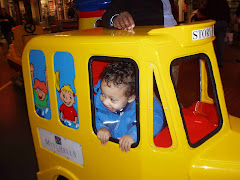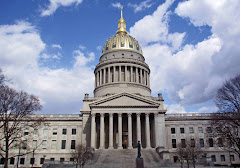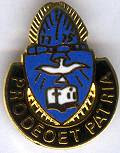Journey to a Land of Water Wind and Fire
Part B: The Oregon Coast I h
Others Have Been There Before Us
Before we "leave" Cape Perpetua (yes, the next posting will not be about this area, after all, we saw a lot more of the mid-Oregon Coast), let us "tip" our hat to those who went before us.
First, we must recognize the man, and his crew, who gave this area it's name, Captain James Cook, and his band of explorers. According to one account, they passed the Cape on March 7, 1778, St. Perpetua's Day, and named the Cape after this early Christian Martyr. Then, I also heard that they had to take refuge in the area around the Cape from a winter storm and thought they would be there perpetually (but I could find no "net" backing for this idea so perhaps it is just another "Urban Legend"). At any rate, everyone agrees Captain Cook gave it it's current name so we must remember him, and his crew. One way this has been done by the National Forest Service is by naming the primary trail down to the coast at the Visitor's Center after Captain Cook.
The next group to remember were the Alsea (or Alsi depending upon which source you are usin
 g) tribe of Native Americans. They visited the site for almost 1300 years before they were driven away by the early settlers in the middle of the 19th century. However, they left behind part of their settlements in the form of their "trash piles." As they harvested the various shell fish from the waters around the Cape, primarily Clams, they left the shells heaped up on the beach. The resulting mounds, called "middens" can still be seen along the Captain Cook Trail today.
g) tribe of Native Americans. They visited the site for almost 1300 years before they were driven away by the early settlers in the middle of the 19th century. However, they left behind part of their settlements in the form of their "trash piles." As they harvested the various shell fish from the waters around the Cape, primarily Clams, they left the shells heaped up on the beach. The resulting mounds, called "middens" can still be seen along the Captain Cook Trail today.The third group to remember were the boys of the Civilian Conservation Corps (CCC) who had a camp here at Cape Perpetua throughout the 1930's. As West Virginians, both of us are very familiar with the work of the CCC's since they did a lot of work in our area of the world. Also, one summer A.'s father did a tour of Reserve Army duty with the CCC camp in the area we now know of today as "Blackwater Falls State Park." He led a group of boys as they planted trees in that area to replace the ones that had been clearcut by the loggers in the latter part of the 19th and early part of the 20th Century.

Shortly after the start of the Captain Cook Trail there is a wall that the CCC boys originally built to provide a level place for their camp. Evidences of the camp itself were not readily visible, but the wall is still there right beside the trail.
Also in this area of Oregon, among other things, the CCC boys built a shelter up on top of the Cape that still serves as a lookout point.









No comments:
Post a Comment